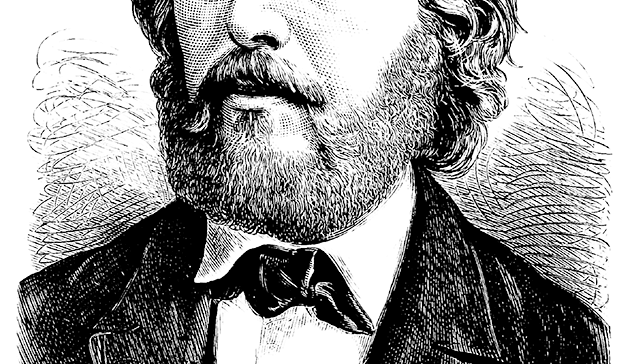4 Marlborough Place
London, N. W.
Dec. 28th 1874
My dear Haeckel
This must reach you in time to wish you and yours a happy New Year in English fashion. May your shadow never be less, and may all your enemies, unbelieving dogs who resist the Prophet of Evolution, be defiled by the sitting of jackasses upon their grandmothers’ graves!
An oriental wish appropriate to an ex-traveller in Egypt. ||
I have written a notice of the „Anthropogenie“ for the Academy, but I am so busy that I am,afraid I should never have done it – but for being put into a great passion – by an article in the Quarterly Review for last July, which I read only a few days ago. My friend Mr. Mivart, to whom I had to administer a gentle punishment some time ago, has been at the same tricks again, hut much worse than his former performance – and you will see that I have dealt with as you deal with a „Pfaffe“. There are „halb-Pfaffen“ as well as „halb-Affen“. || So if what I say about „Anthropogenie“ seems very little – to what I say about the Quarterly Review – do not be offended. It will all serve the good cause.
I have been working very hard lately at the lower vertebrata and getting out results which will interest you greatly. Your suggestion that Rathke’s canals in Amphioxus are the Wolffian ducts was a capital shot, but it just missed the mark because Rathke’s canals do not exist. [Zeichnung] Nevertheless there are two half canals, the dorsal walls of which meet in the raphe described by Stieda and the plaited lining of this wall (a) is, I believe, the renal organ. || Moreover, I have found the skull and brain of Amphioxus, both of which are very large (like a vertebrate embryo’s) instead of being rudimentary as we all have thought, and exhibit the primitive segmentation of the „Ur-wirbeltier“ skull. [Zeichnung]
Thus the skull of Petromyzon answers to about fourteen segments of the body of Amphioxus, fused together and indistinguishable in even the earliest embryonie state of || the higher vertebrata.
Does this take your breath away? Well, in due time you shall be convinced. I sent in a brief notice to the last meeting of the Royal Society, which will soon be in your hands.
I need not tell you of the importance of all this. It is unlucky for Semper that he has just put Amphioxus out of the Vertebrata altogether – because it is demonstrable that Amphioxus is nearer than could have been hoped to the condition of the primitive vertebrate – a far more regular & respectable sort of ancestor than even you suspected. For you see „Acrania“ will have to go. ||
I think we must have an English translation of the Anthropogenie. There is great interest in these questions now, and your book is very readable, to say nothing of its higher qualities.
My wife (who sends her kindest greetings) and I were charmed with the photograph. We have ceased publication in that direction, the seven volumes are growing into stately folios. You would not know them. Ever
yours very faithfully
T. H. Huxley.
How will you read this scrawl now that Gegenbaur is gone?


